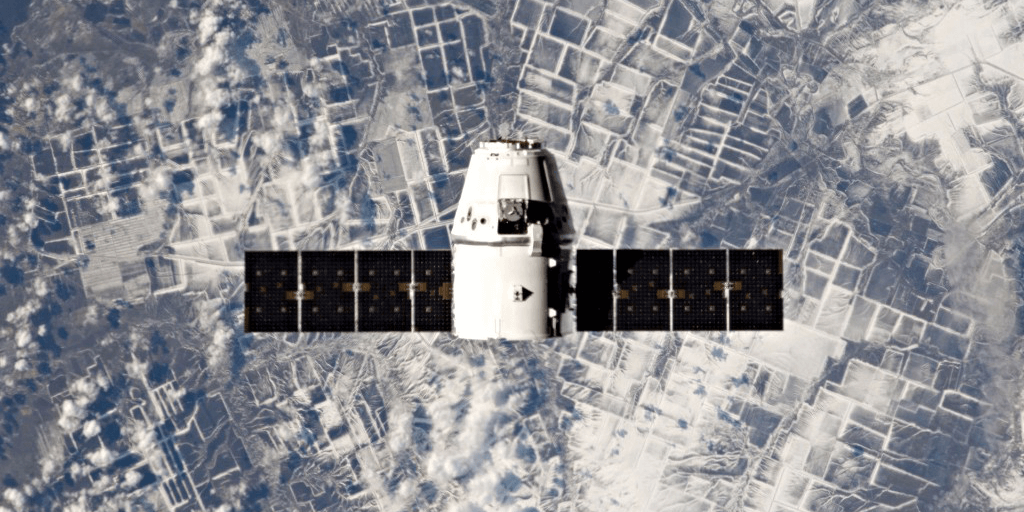Recently, Terrasat Communications had the opportunity to be interviewed with the well-known publishers of Satellite Evolution Group for Global Military Communications magazine and Satellite Evolution EMEA. The following Q&A is with Amy Saunders, editor of Satellite Evolution Group.

Terrasat Communications has been manufacturing microwave and satellite RF equipment for more than 25 years, and today boasts the most innovative block upconverters (BUCs) on the market with new intelligence capabilities. Mike Gold, Regional VP of the Americas & Israel Region, outlines how Terrasat is meeting and exceeding today’s amplifier and BUC demands across the board.
What are the most important developments in amplifier technology currently underway?
Mike: Over the past decade, we’ve seen a shift from traveling wave tube-based amplifiers (TWTA’s) to solid-state amplifier technology. This shift occurred because solid-state amplifiers allowed for higher power efficiency, better reliability, and smaller size, weight, and power. Block upconverters, BUCs, as we call them today, further shifted the market by allowing for frequency conversion and amplification in one outdoor package.
The first BUCs were GaAs (Gallium Arsenide) based. But seeking further improvements in size, weight, and power, a few manufacturers, such as Terrasat, have shifted some production to GaN (Gallium Nitride) based. These newer, GaN-based BUCs, although very popular, were prone to some inherent issues. The most important being a limitation on the use in multicarrier operations such as the “Memory Effect”, which limits their use to a very narrow spectral range. However, recent improvements in the GaN devices available to the market have allowed some manufacturers, such as Terrasat, to overcome this problem, by enabling our GaN BUC’s to operate across the full band with multicarrier access. This improvement will propel the GaN-based BUCS as the leading technology in this market.
What big changes do you expect to see in amplifiers in the next few years?
Mike: Undoubtedly, we will see further improvements in power efficiencies in the BUC market. This will lead to more BUCs replacing TWTA’s in the market. However, the biggest change may be on the cybersecurity side of technology. Almost every component in the satellite communications link is addressable via IP technology. Most of the equipment in the communications chain has hardened to prevent security intrusions by outsiders. Unfortunately, although BUCs have updated to allow access via ethernet/IP technology, almost all BUCs have relatively simple PW protection, if any, at all. One recent test by a large government contractor showed that many BUCs on the market could be successfully “hacked” in a few minutes.
Terrasat has recently introduced a “Cyber Hardened” feature to their BUCs that incorporates SNMPv3, SSHv2, secure firmware upgrades, and encrypted web pages. The new cyber hardened IBUCs will effectively implement security management control and assures that end to end message transmission delivery will not be altered. This technology will soon be adopted as a standard in all BUCs, lest they become the “weakest link” in the chain.
How important are Q and V-bands within the future amplifier market?
Mike: Certainly, the satellite market, as a whole, is always looking for more available bandwidth. The Q and V bands are being researched heavily as valuable additions to the current C, Ku, and Ka-band mainstays of the market. However, the amplifier market typically is driven by the actual satellite capacity available in the sky. Currently, there are only a few real satellites with Q and V band capacity. There are also some very interesting LEO and MEO constellations with Q and V bands in implementation or in the planning stage. As these systems become real, naturally more amplifier manufacturers, such as Terrasat, will adopt them into their product lines.
What is Terrasat working on right now in amplifier technology?
Mike: Terrasat has always been a technology leader in the BUC market. We were the first company to realize that BUCs needed the same management and control access, and intelligence, like the rest of the communication chain. Therefore, the creation of the IBUC, or Intelligent BUC. Over the next year, Terrasat will be pushing on two fronts. One, the expansion of the new IBUC 3 product line. The IBUC 3 is the latest generation intelligent BUC that reduces size and weight but keeps the same power efficiencies as the previous generation. The second front will be the expansion of the higher power BUCs needed to address the growing hub and gateway market. With the creation and deployment of multiple LEO and MEO systems, Terrasat sees a need to accelerate further the adoption of BUCs over current TWTA deployments. Over the next year, Terrasat will be making some significant strides in this market.
For more information on the IBUC product family, please contact the Terrasat Communications Sales team for solutions for your satellite communication projects.
Read the original article featured in Satellite Evolution Group publications, Global Military Communications (GMC) and Satellite Evolution EMEA for more information on the latest in the satellite communications industry.
Terrasat Communications designs and manufactures innovative RF solutions for Satellite Communications systems. Our ground-breaking IBUC-the Intelligent Block Up Converter- brings advanced features and performance to C-band, X-band, Ku-band, & Ka-band satellite earth terminals and VSATs. Find out more about us at TerrasatInc.com
Related Posts
Gallium Nitride (GaN) Amplifiers in Multiple Carrier Operation
GaN amplifier technology has had a real impact on Block Upconverter and SSPA design for Satcom…
Terrasat Communications Launches New Cyber Hardened Intelligent BUCs
Cyber Hardened IBUC DatasheetWith over 15 years of engineering premium reliable and superior…
Probecom & Terrasat Completes Installation of High-Performance Satellite Broadcast Systems for Africa Nations Championship
Shaanxi Probecom Microwave Technology Co. Ltd. (Probecom), a key…



